Smart Protection Without the Premium Price Tag
Paint Protection Film (PPF) is considered the gold standard in protecting your car’s paint—but what if it’s outside your budget?
Are there real alternatives that won’t break the bank and still offer meaningful protection?
Here are the options, the pros, the cons, and what to actually expect from lower-cost alternatives.
💰 1. Ceramic Coatings
What it is: A liquid polymer applied to your paint that bonds chemically and creates a hydrophobic, protective surface.
- Pros:
- Adds high-gloss shine and hydrophobic properties (water beads right off)
- Protects against UV damage, chemical stains, and minor scratches
- Easier to clean and maintain
- Lasts 2–5 years depending on quality
- Cons:
- Does not protect against rock chips or impact damage like PPF
- Professional application can still cost $500–$2,000+
- Needs careful prep and curing time
✅ Best for: Daily drivers who want a low-maintenance, long-lasting shine with some protection.
✨ 2. Spray-On Paint Protection Films (Temporary)
What it is: A spray-on clear coating that mimics PPF but peels off when you’re done with it.
- Pros:
- Inexpensive (~$50–$150)
- DIY-friendly
- Removable without damaging paint
- Decent short-term protection from bugs, sap, and light debris
- Cons:
- Not very durable or impact-resistant
- Only lasts a few weeks or months
- Not invisible—can look patchy or textured
- Limited protection on highways or in harsh weather
✅ Best for: Budget-friendly protection for road trips or short-term use.
💎 3. Vinyl Wraps
What it is: Colored or clear vinyl wraps that offer visual upgrades and surface protection.
- Pros:
- Custom color and style options
- Minor scratch and scuff protection
- More affordable than PPF (~$1,000–$3,000 for full coverage)
- Cons:
- Not as durable or self-healing as true PPF
- More prone to fading, peeling, or shrinking
- Doesn’t stop rock chips
✅ Best for: Drivers wanting a visual upgrade with a side of basic protection.
🧼 4. Wax & Sealants
What it is: Traditional carnauba wax or polymer sealants applied by hand or machine.
- Pros:
- Super affordable (under $50)
- Easy DIY
- Can improve shine and water beading
- Cons:
- Minimal protection—mostly aesthetic
- Wears off quickly (weeks or a few months)
- Doesn’t block UV, scratches, or chips
✅ Best for: Low-cost cosmetic enhancement only.
🎯 Bottom Line
Are there alternatives to PPF? Yes.
Do they offer the same level of protection? No.
| Option | Rock Chip Protection | UV & Chemical Resistance | Durability | Cost Range |
|---|---|---|---|---|
| PPF (Clear Film) | ✅ Best-in-class | ✅✅✅ | 5–10 years | $$$$ ($1.5k–$6k) |
| Ceramic Coating | ❌ (minor only) | ✅✅ | 2–5 years | $$–$$$ ($500–$2k) |
| Spray-On Film | 🚫 Very low | ✅ | Weeks–Months | $–$$ ($50–$150) |
| Vinyl Wrap | ❌ Limited | ✅ | 1–3 years | $$–$$$ ($1k–$3k) |
| Wax/Sealants | ❌ Cosmetic only | ✅ (minimal) | Weeks | $ (<$50) |
👉 If you’re looking for the best value and don’t mind reapplying, ceramic coatings are a solid middle-ground.
👉 If you want true impact protection, PPF is worth the investment.
👉 If your budget is tight, a combo of spray film + ceramic wax can give some coverage—but know the trade-offs.


